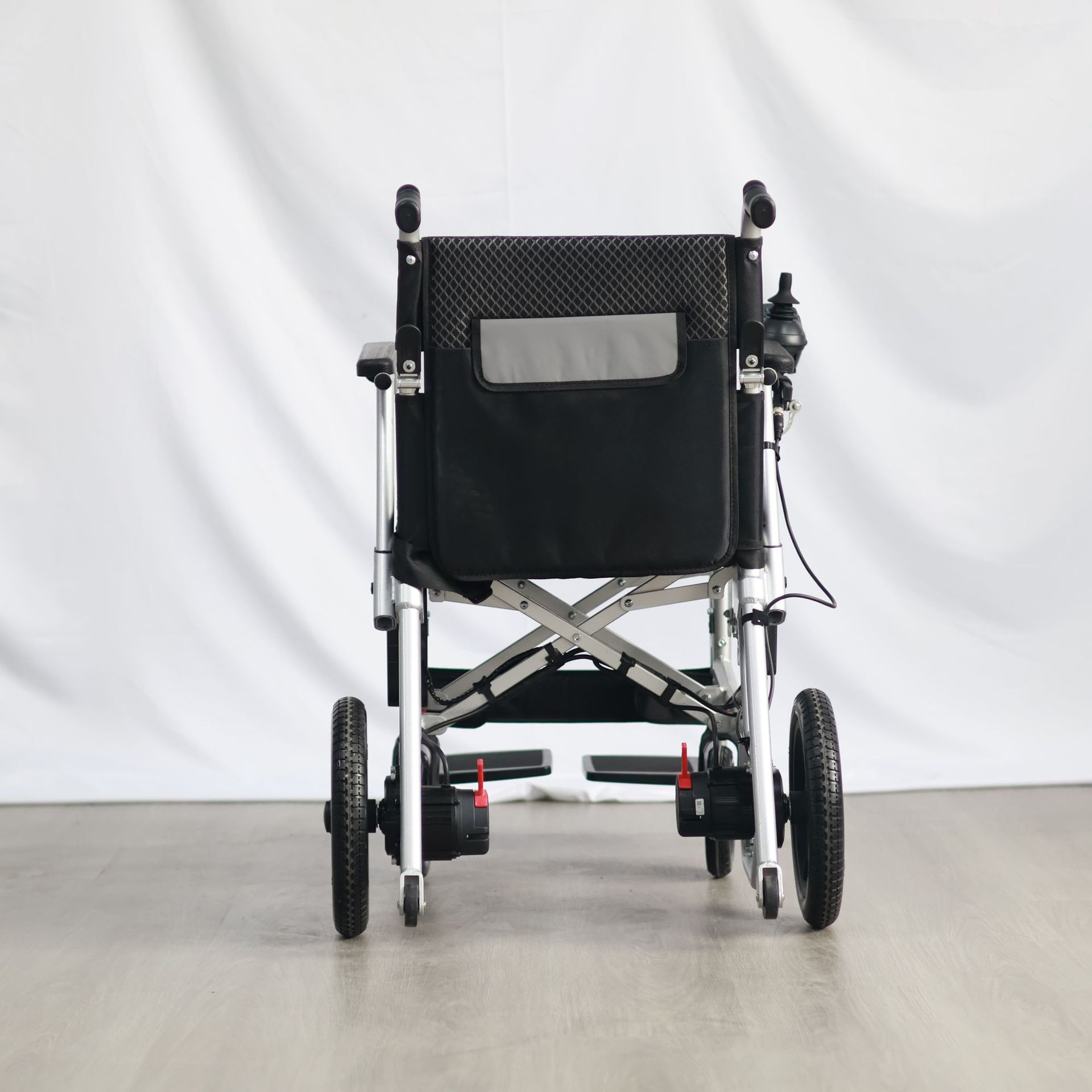Wheelchairs are widely used in patients’ rehabilitation training and family life, such as lower limb dysfunction, hemiplegia, paraplegia below the chest and people with mobility difficulties. As patients’ families and rehabilitation therapists, it is very necessary to know the characteristics of wheelchairs, choose the most suitable wheelchairs and use them correctly.According to related reports, 電動輪椅價錢 To a large extent, it leads the changes of market conditions. https://www.hohomedical.com/collections/light-weight-wheelchair
First of all, what harm will an inappropriate wheelchair do to the user?
Excessive local compression
Form a bad posture
Induced scoliosis
Causing contracture of joints
(What are the unsuitable wheelchairs: the seat is too shallow and the height is not enough; The seat is too wide and the height is not enough)
The main parts that wheelchair users bear pressure are ischial tubercle, thigh, popliteal fossa and scapula. Therefore, when choosing a wheelchair, we should pay attention to whether the size of these parts is appropriate to avoid skin wear, abrasions and pressure sores.
Let’s talk about the choice of wheelchair, which must be kept in mind!
Choice of ordinary wheelchair
Seat width
Measure the distance between two hips or between two legs when sitting down, and add 5cm, that is, there is a gap of 2.5cm on each side after sitting down. The seat is too narrow, it is difficult to get on and off the wheelchair, and the hip and thigh tissues are compressed; The seat is too wide, it is difficult to sit still, it is inconvenient to operate the wheelchair, the upper limbs are easy to get tired, and it is difficult to get in and out of the gate.
Seat length
Measure the horizontal distance from the hip to the gastrocnemius of the calf when sitting down, and reduce the measurement result by 6.5cm. The seat is too short, the weight mainly falls on the ischium, and the local pressure is easy to be too much; If the seat is too long, it will compress the popliteal fossa, affect the local blood circulation, and easily irritate the skin of this part. It is better to use a short seat for patients with extremely short thighs or flexion and contracture of hips and knees.
Seat height
Measure the distance from the heel (or heel) to the popliteal fossa when sitting down, and add 4cm. When placing the pedal, the board surface should be at least 5cm from the ground. The seat is too high for the wheelchair to enter the table; The seat is too low and the ischium bears too much weight.
seating washer
In order to be comfortable and prevent pressure sores, a seat cushion should be placed on the seat, and foam rubber (5~10cm thick) or gel cushion can be used. To prevent the seat from sinking, a piece of plywood with a thickness of 0.6cm can be placed under the seat cushion.
Backrest height
The higher the backrest, the more stable it is, and the lower the backrest, the greater the range of motion of the upper body and upper limbs. The so-called low backrest is to measure the distance from the seat surface to the armpit (one arm or two arms extend forward horizontally), and subtract 10cm from this result. High backrest: measure the actual height from the seat surface to the shoulder or back pillow.
Handrail height
When sitting down, the upper arm is vertical and the forearm is flat on the armrest. Measure the height from the chair surface to the lower edge of the forearm, and add 2.5cm. Proper armrest height helps to maintain correct posture and balance, and can make the upper limbs placed in a comfortable position. The armrest is too high, and the upper arm is forced to lift up, which is easy to fatigue. If the armrest is too low, you need to lean forward to maintain balance, which is not only easy to fatigue, but also may affect your breathing.
Other auxiliary parts of wheelchair
Designed to meet the special needs of patients, such as increasing the friction surface of the handle, extending the brake, anti-shock device, anti-skid device, armrest mounting arm rest, wheelchair table to facilitate patients to eat and write, etc.
